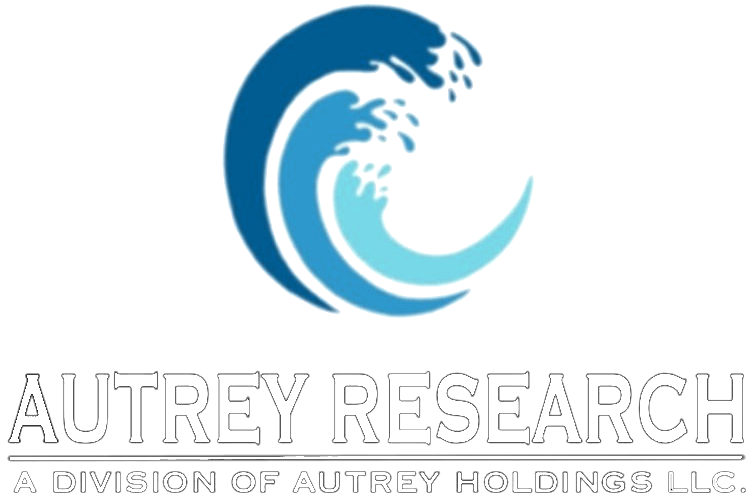Article | March 27, 2024
How Monitoring Improves Crisis Response
Source: Badger Meter
To protect themselves and their communities, water utilities must have a crisis response plan in place. However, a crisis response plan is only valuable if the right technologies are in place. Remote water quality monitoring is the key to mitigating the risk of contaminated source water or distributed water reaching consumers.
With remote water quality monitoring, water utilities can get instant alerts when any of a wide range of contaminants is detected. When combined with analytics and trend monitoring software, utilities can go beyond known contaminants to get a comprehensive understanding of how their water composition changes and receive alerts when it exceeds normal parameters.
Water Quality At Risk
There are many different types of crises that can impact water quality, but all can be categorized as either manmade or naturally occurring. In source water, a naturally occurring crisis would include stormwater runoff causing high levels of nitrates to infiltrate source water. Another example could be algal blooms resulting from unseasonal weather patterns. Manmade events might include chemical spills, as well as improper or illegal dumping of waste or industrial effluent.
In the distribution system, most contamination crises are the result of human intervention. The most common is disruption of the biofilm, which can be the result of maintenance activity, such as flushing or pipe repair, or the sudden increased pressure and flow from fire response. Other times it can be caused by operator error, such as leaving a valve open and allowing untreated water to enter the system. Lastly, while the types of malicious attacks feared since 9/11 have yet to occur, they remain a possibility to be prepared for.
Real-Time Monitoring And Reporting
Effective crisis response first requires knowledge that something is wrong. While random grab samples can provide this information, they almost always do so far too late. In the worst cases, customers will notice something is wrong before the water utility, exacerbating the crisis.
With real-time water quality monitoring and reporting, utilities can receive updates on water composition at regular intervals. By placing monitoring stations in strategic locations within source water intake infrastructure as well as the distribution network, operators can be alerted when parameters shift or certain contaminants are detected.
While any water quality monitoring is good, there are advancements that make certain technologies more advantageous than others. For example, systems that rely on reagents are both more costly and higher maintenance, as reagents run out or expire. In addition, such systems are limited in what substances they can test for.
Not only can reagent-free systems test for far more substances, but some can also test for substances outside of a fixed set of parameters. For example, spectral analyzers can take a fingerprint of the water by measuring UV light between 190 nm and 760 nm. This can then be compared to historical results to detect changes that may not be noticeable when monitoring for standard parameters, including a wide range of industrial substances and uncommon pollutants.
Fingerprint analysis can even be leveraged for trend monitoring in order to detect patterns in water composition changes. Even when such changes are not detrimental, they can be used to adjust water treatment parameters and provide more consistent water quality year-round.
Developing An Action Plan
A robust water quality monitoring program is an essential first step to effective crisis response and a key component of a comprehensive action plan. Such plans should include the following steps:
1. Validate the alarm. When an alert or alarm is triggered, the first step is to validate whether it indicates a true event or a false alarm. This may require going to the sensor’s location and pulling a grab sample for lab testing.
2. Assess the impact. If the alarm is validated, utility managers must determine the extent of the impact. For example, is the event localized within the distribution system or widespread?
3. Communicate with stakeholders. Affected customers must be notified, as well as regulatory agencies and other relevant stakeholders. The utility must provide information regarding the situation, potential health risks, and any necessary precautions.
4. Remediation and corrective action. Next, the utility must develop a remediation plan to address the contamination and/or its source. This includes identifying the root cause and, if possible, measures to prevent recurrence.
With a comprehensive crisis response plan and strategic implementation of remote water quality monitoring, water utilities can effectively mitigate the impact of events, ensure public safety, and maintain the integrity of the water supply system.



